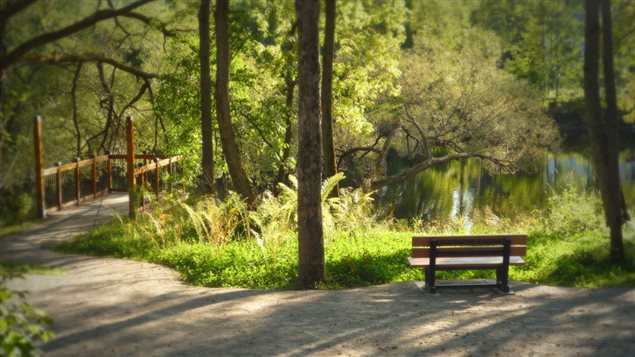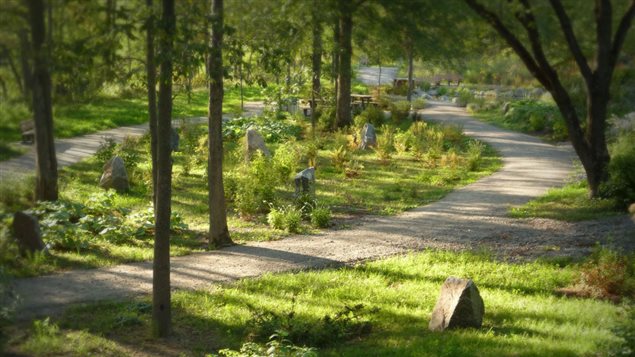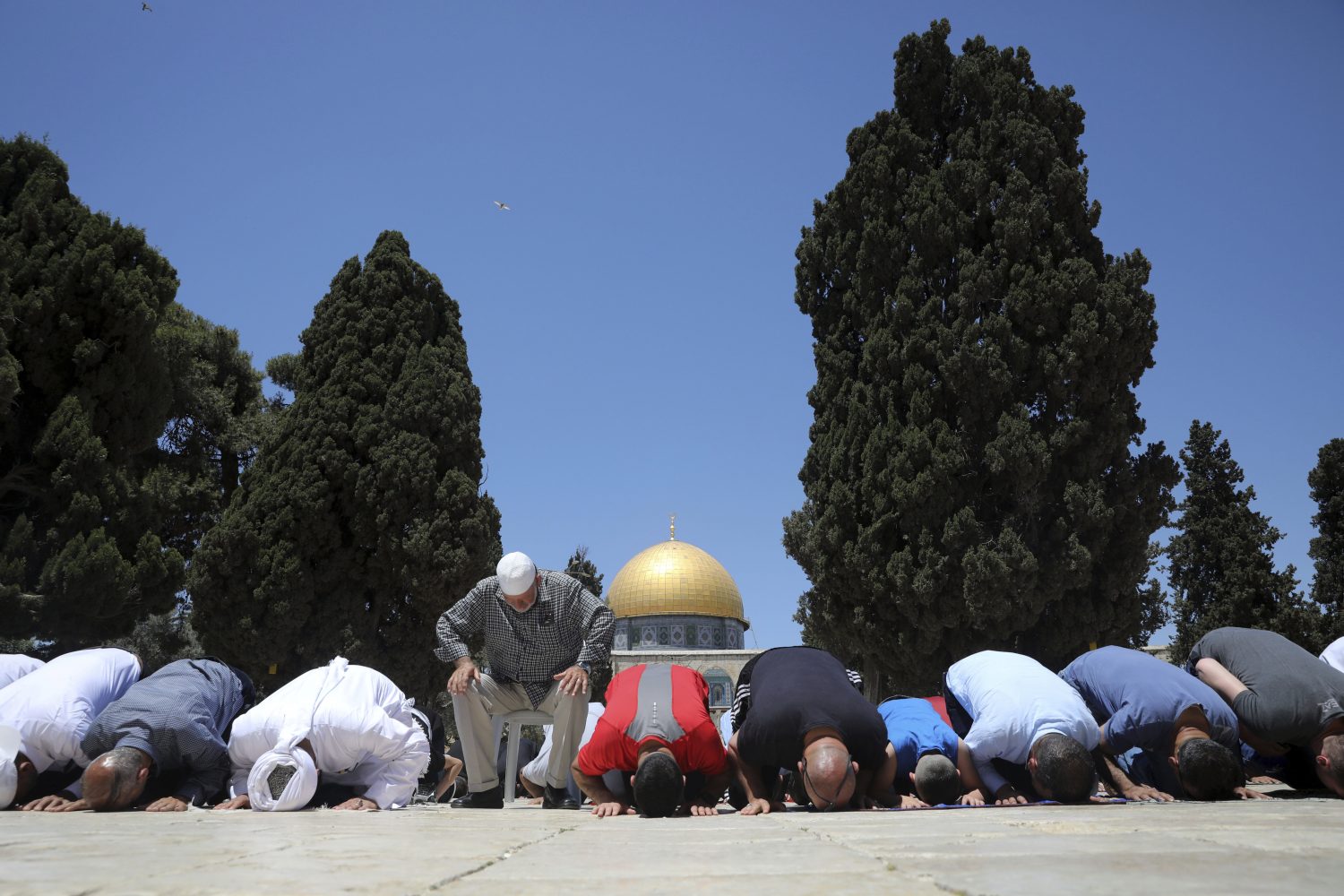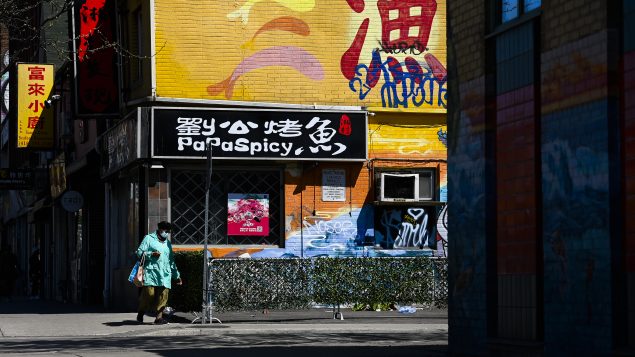Les Sentiers, which translates to footpaths, or trails in English, is the name of a cemetery just north of Montreal, that offers an alternative to the traditional rows of headstones or plaques.
“felt anything but like a cemetery”
Opened seven years ago, this cemetery provides a walk in the forest, with rock monuments or granite plaques to memorialize the life of a loved-one buried there. John Tittel is vice president and co-owner of Les Sentiers Commemorative de la Riviere in Prevost, Quebec.
He says only urns can be buried in their half-milion square foot site, or kept in one of two columbariums. Tittel says the government has strict regulations about where and how people can be buried in Quebec.
He, and his formerly three partners, had worked for a large company producing porcelain portraits for headstones. With extensive experience in the funeral industry, from trade-shows to trends, he and his colleagues began to talk about the “greening” of the funeral industry.

They put their expertise to work imagining the future and what people would appreciate. Eventually they developed the wooded, semi-wooded and non-wooded paths on a riverbank that are providing a final resting place for people who appreciate a more natural environment.
Just two partners now, they are careful in how they describe the cemetery. While they do use the word “natural”, they make it clear it is not an “eco-friendly” or what some consider a “green” cemetery as there are tight regulations governing how they can operate.
Tittel cautions that people must be aware of the marketing ploys in what is actually “greening”. He clarifies that Les Sentiers is not a “natural burial area” or a “natural cemetery”. Tittrl clarifies the difference in explaining that they do have human involvement in keeping the footpaths clear and easy to walk on, and certainly a human touch in maintaing the landscape with plants and vegetation native to the area.
And about this “greening” aspect, Tittel says the North American industry conducted studies which showed that the end result of both cremation and embalming are about the same: an embalmed body in a metal, or heavily varnished casket has an impact in the ground, while cremation has a similar impact in the air.
Aquamation
The green thinking, however, has led to research and the development of a new process called “aquamation”. Tittel explains that it yields a similar end product of bones to be ground down, as in cremation, but that the process in using boiling water and an alkaline solution, known technically as “alkaline hydrolosis”, is in fact greener. The combination of boiling water and alkalinity, when flushed into sewage systems actually has a cleansing effect. The process, approved in Quebec, is increasingly chosen when people become aware of the option.
Tittel and his partner are bing recognized by their peers for their unique vision. They were asked by a more established cemetery in Sherbrooke, Quebec, for help in re-designing a section of their traditional site, a place where bodies can be buried.
John Tittel says while they do advertise Les Sentiers, the best way to let people know about what they offer, is word-of-mouth. They have had so little effect on the greater landscape of the area that some of the closest neighbours to the site did not even know it was a cemetery. But as Tittel says it’s about the treatment people receive, and the environment they’ve carefully created. He says most people fall in love with it when they visit.







For reasons beyond our control, and for an undetermined period of time, our comment section is now closed. However, our social networks remain open to your contributions.